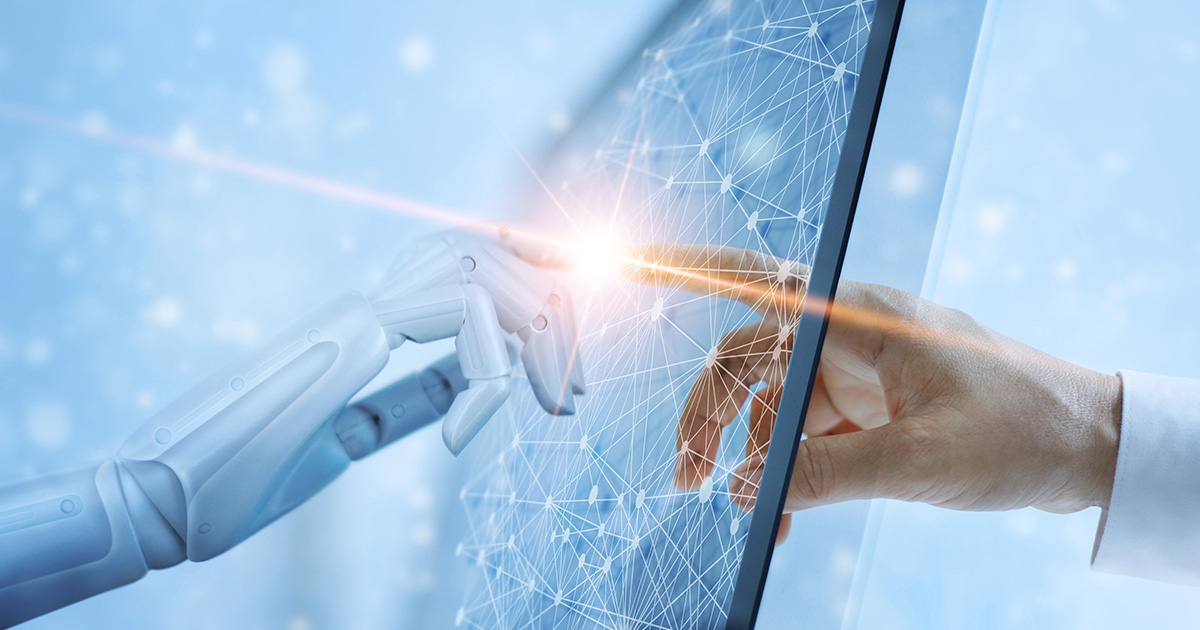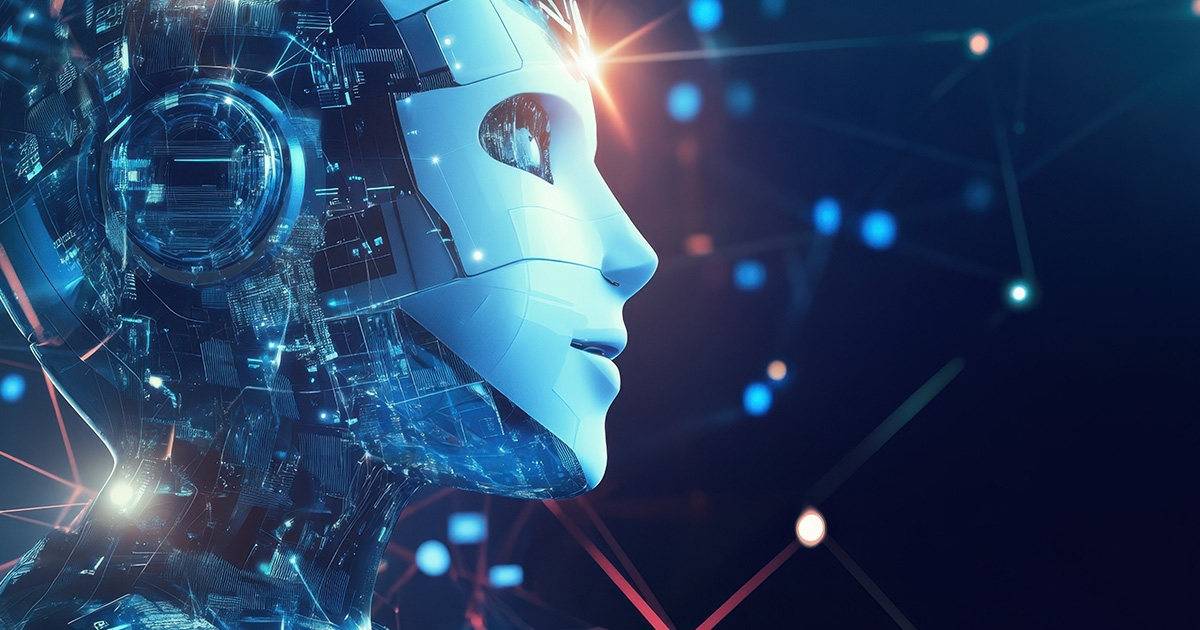Artificial Intelligence (AI) has become an undeniable force across all industries — and web design is no exception. From auto-generating layouts to predicting user behaviors, AI tools are rapidly transforming how we imagine website design and development. As this evolution unfolds, many are beginning to ask: Will AI eventually replace human designers entirely?
The Current Role of AI in Web Design
Today’s AI does far more than generate images or content. Many platforms have integrated AI capabilities to help users build “smart websites,” including:
- Auto-generating wireframes based on brand input
- Analyzing user interaction data to suggest design optimizations
- Structuring content automatically based on SEO best practices
- Dynamically adjusting color palettes, typography, and element placement for better usability
While these features are powerful, the results often lean toward template-driven, automated layouts that lack true brand personality or business relevance.
What AI Can’t Replace in Design
AI excels at handling big data, pattern recognition, and process automation. But when it comes to creativity, brand strategy, user experience (UX), and interaction design, there are still clear limitations. Here are some irreplaceable aspects of human designers:
- Brand consistency: AI struggles to extract core brand values from company culture or market positioning and translate them into coherent visual design.
- Emotional connection: Great web design goes beyond layout — it resonates emotionally with the user.
- Customization & industry knowledge: Different sectors have unique web needs (e.g., beauty brands require visual appeal, while education websites focus on clear content structure). Human designers are better equipped to offer tailored solutions that align with industry-specific goals.
Designers & AI: A Partnership, Not a Rivalry
Rather than viewing AI as a threat, it should be seen as a collaborative tool. For example:
- AI can automate complex layout testing, streamlining the web development process
- It can analyze user click-through rates and bounce behavior to inform UX improvements
- It helps designers quickly sift through large content libraries to find the most appropriate visuals and messaging
Truly efficient teams leverage AI as a partner — using it to offload repetitive tasks and focus more on strategy and creative innovation.
The Future: Integration Over Replacement
AI is not the end of design — it’s an opportunity to elevate it. Future designers will not only need strong aesthetics and UX knowledge, but also skills in AI tool integration, data analytics, and workflow automation. These hybrid capabilities will be essential for meeting the growing demand for efficient, custom, and user-driven web experiences.
Regardless of how advanced AI becomes, valuable design will always stem from human insight — from empathy, intention, and an obsession with detail. While AI can provide support, it cannot replicate the human understanding of people.
Conclusion
Rather than eliminating web design agencies, the rise of AI highlights the importance of professional teams in strategic planning and brand storytelling. Businesses that want to thrive in the digital landscape should embrace AI as part of their creative workflow — combining human originality with machine precision to deliver truly impactful digital experiences.




